I'm working to detect cells within microscope images like the one below. There are often spurious contours that get drawn due to imperfections on the microscope slides, like the one below the legend in the figure below.
I'm currently using this solution to clean these up. Here's the basic idea.
# Create image of background
blank = np.zeros(image.shape[0:2])
background_image = cv2.drawContours(blank.copy(), background_contour, 0, 1, -1)
for i, c in enumerate(contours):
# Create image of contour
contour_image = cv2.drawContours(blank.copy(), contours, i, 1, -1)
# Create image of focal contour + background
total_image = np.where(background_image+contour_image>0, 1, 0)
# Check if contour is outside postive space
if total_image.sum() > background_image.sum():
continue
This works as expected; if the total_image area is greater than the area of the background_image then c must be outside the region of interest. But drawing all of these contours is incredibly slow and checking thousands of contours takes hours. Is there a more efficient way to check if contours overlap that doesn't require drawing the contours?

